Earth news stories

Scientists rattling normal frozen water around in a jar of ultracold steel balls have discovered a previously unknown form of ice, closer to liquid water than any other ice yet.

Biological amino acids could have celestial or terrestrial roots. An experiment simulated their formation in deep space—but the mystery isn’t solved yet.
Image from: ESO (Wikki Commons)
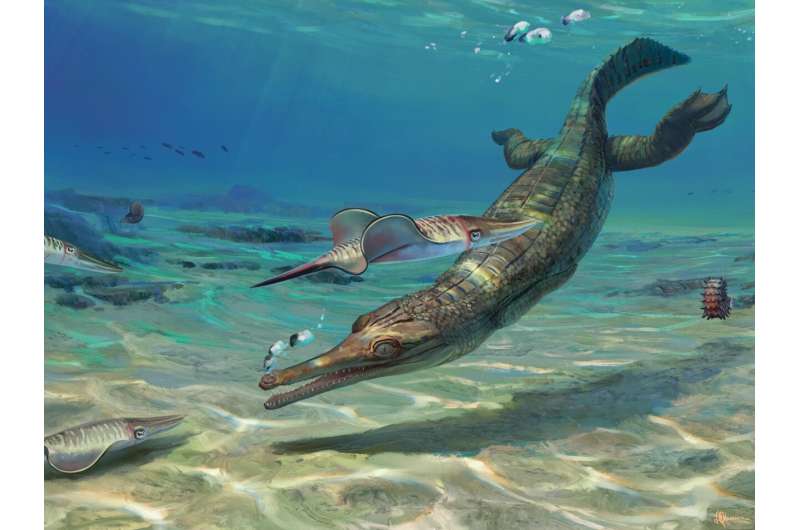
A new study has uncovered a new thalattosuchian—an ancient ‘sister’ of modern-day crocodiles’ ancestors.

The James Webb Space Telescope’s latest observations of icy molecules will help scientists understand how habitable planets form.
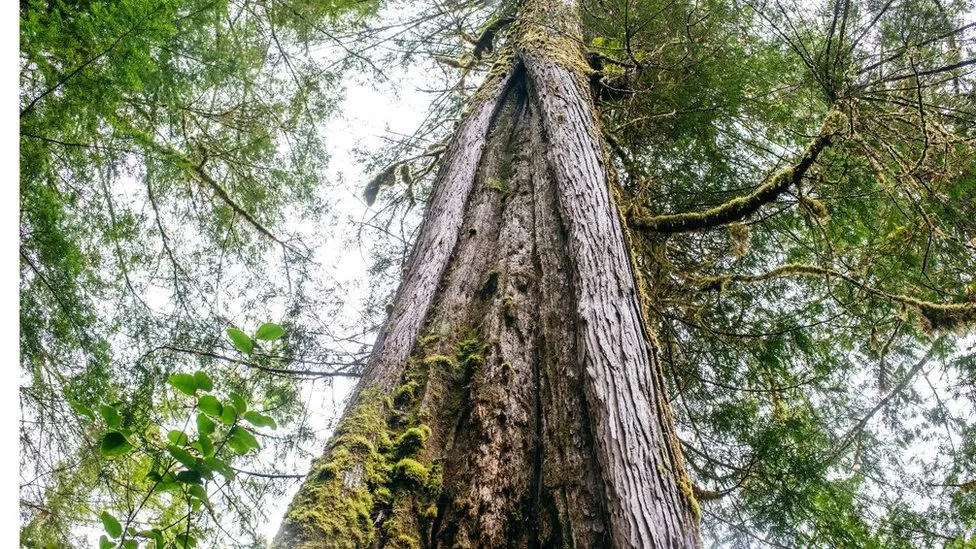
A small indigenous community is fighting a historic land rights claim in Canada – and they are using ancient trees and famed British explorer Captain Cook’s journal to help make their case.
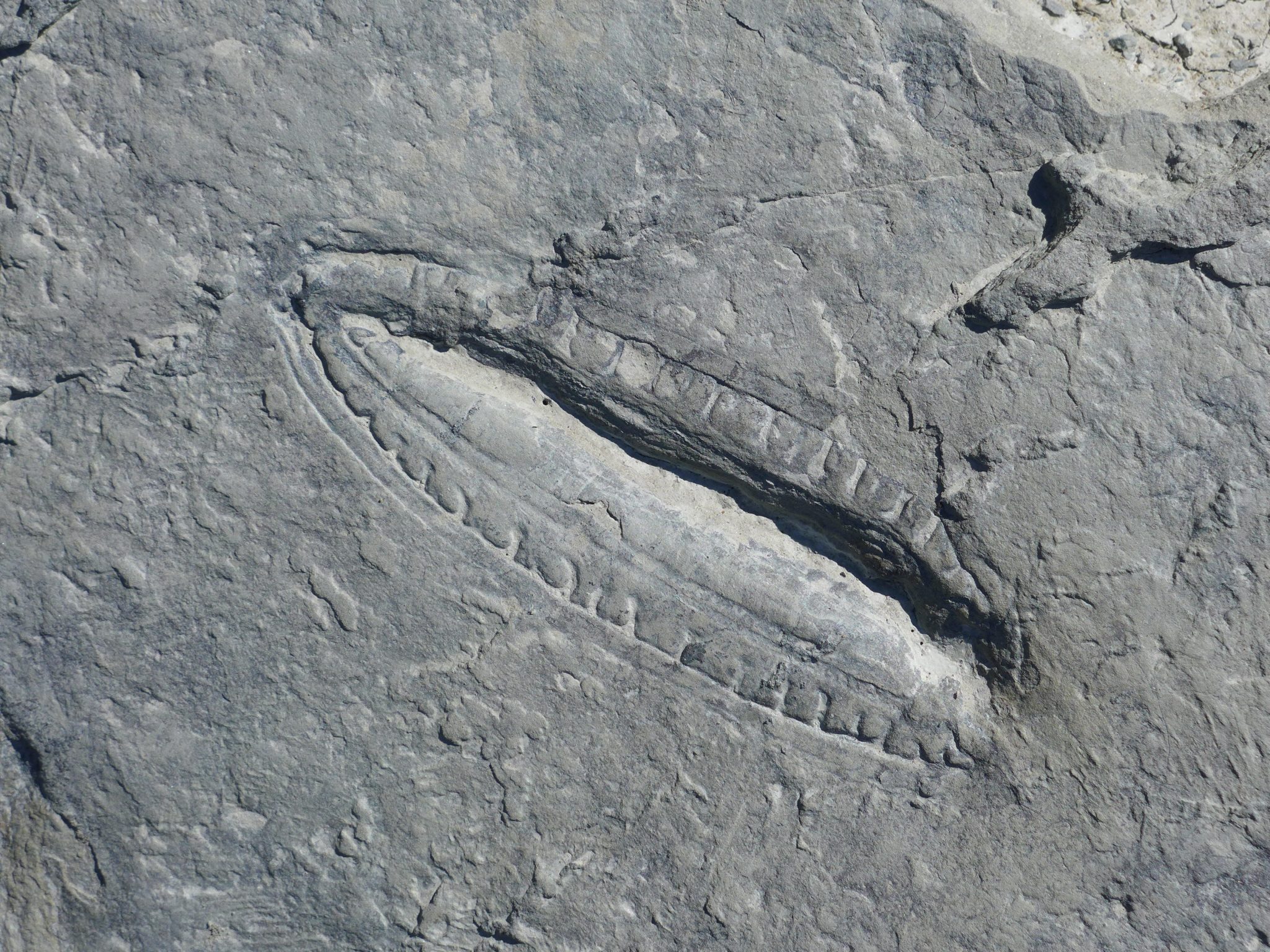
Scientists from The Australian National University (ANU) have uncovered new insights into the physiology of our earliest animal ancestors by studying the contents of the last meal consumed by the Ediacara biota, the world’s oldest large organisms dating back 575 million years.
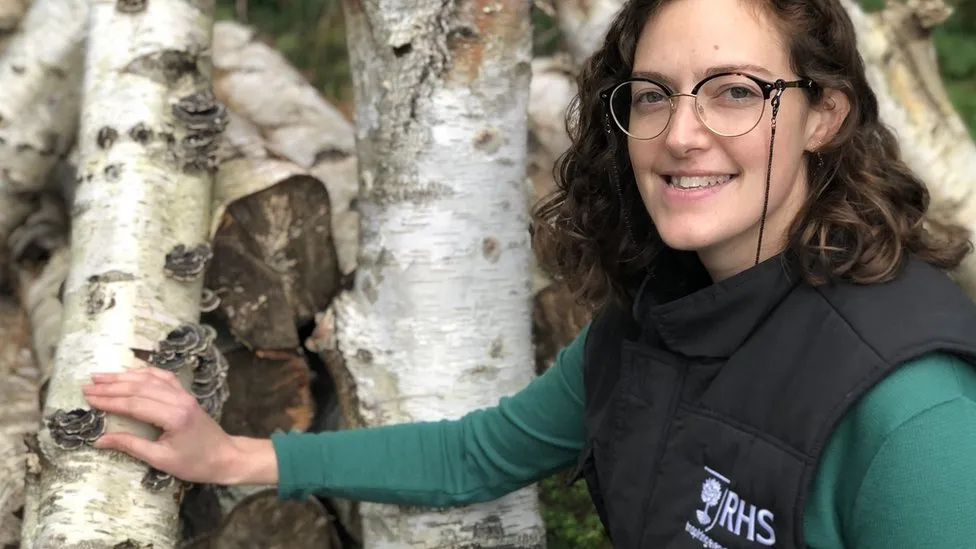
Mushrooms aren’t known for their ornamental value, but for this scientist, they are a thing of beauty. The plant pathologist is on a mission to spread the word that fungi need conservation just as much as plants and animals.

A deep dive into “bog bodies” reveals that this practice started in southern Scandinavia during the Neolithic and spread throughout Northern Europe.

The Bering Land Bridge, a stretch of land that once connected Asia with North America, came into existence much later than experts previously thought, but humans likely crossed not long after it formed, according to a new study.
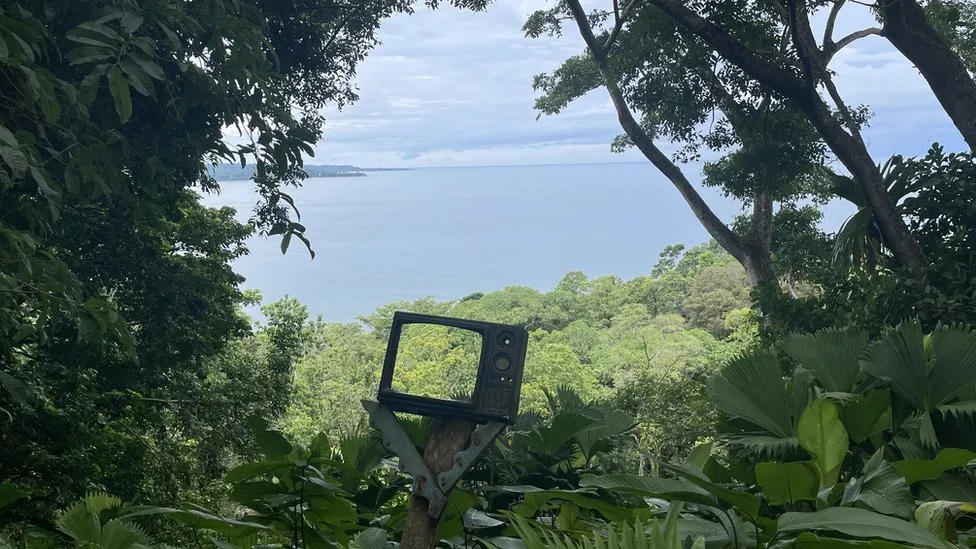
To the uninformed, his land looks wild. But much of it is farmed: one part has timber trees for making furniture, in another cacao trees for chocolate, near the top a garden for herbs, and everywhere throughout the forest a variety of fruit, vegetables and flowers.

Nations have agreed to protect a third of the planet for nature by 2030 in a landmark deal aimed at safeguarding biodiversity.
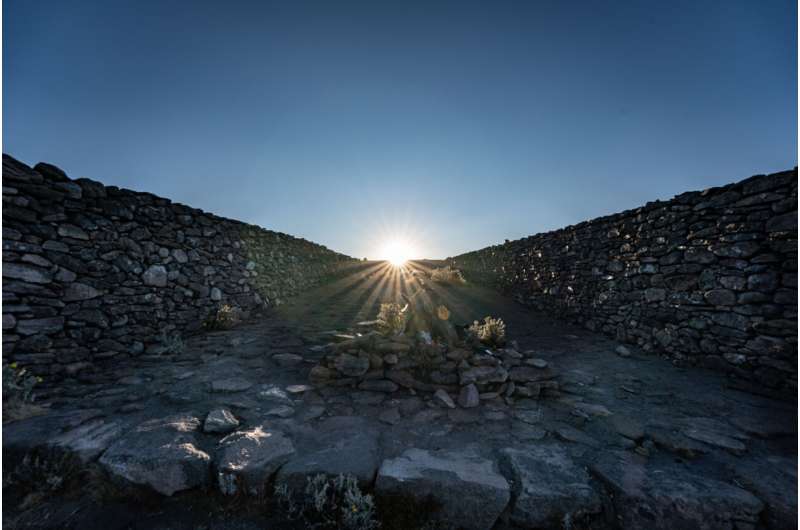
Without clocks or modern tools, ancient Mexicans watched the sun to maintain a farming calendar that precisely tracked seasons and even adjusted for leap years.
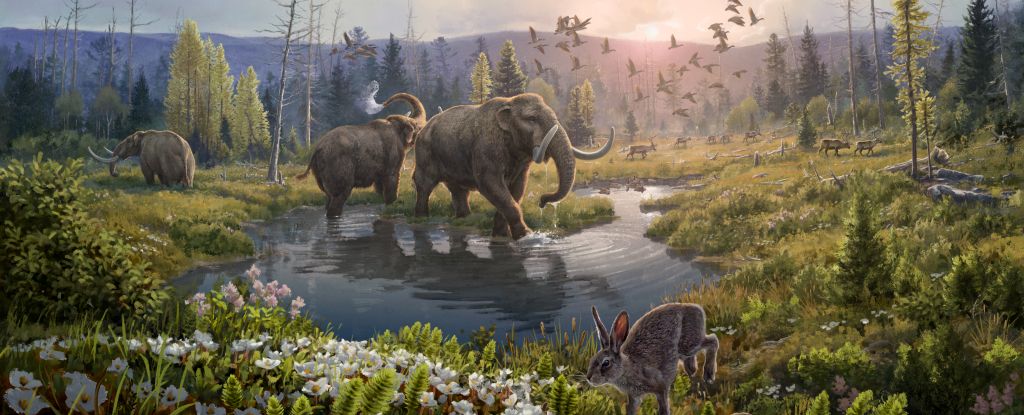
Scientists have made a significant breakthrough in reconstructing the history of our planet. Sedimentary deposits from the permafrost of Greenland contained recoverable environmental DNA dating back to around 2 million years ago.
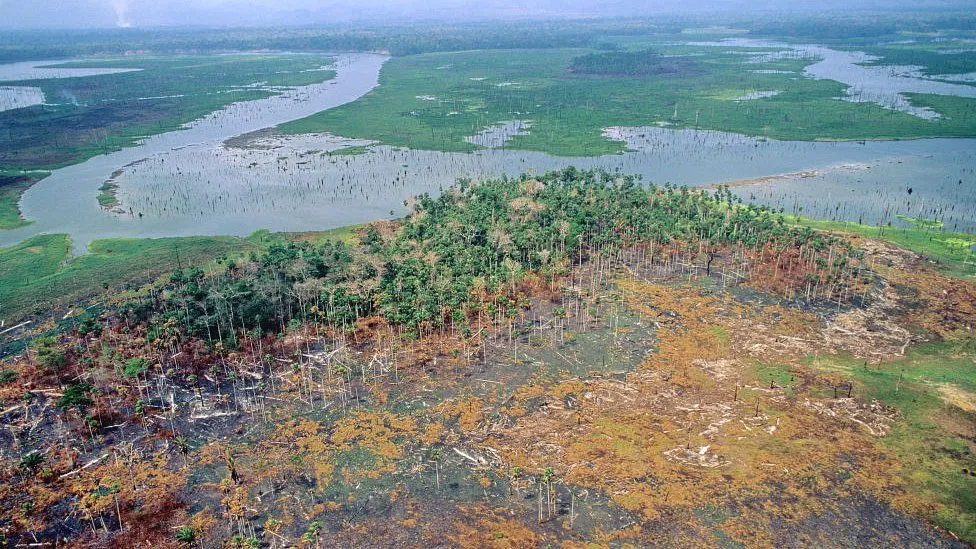
Humanity has become a weapon of mass extinction,” the head of the United Nations has warned at the start of a high-level nature summit in Canada.
The 100-million-year-old head and body bones of the marine reptile were uncovered by three fossil enthusiasts who regularly trawl the ranges of their privately-owned outback station searching for ancient remains.
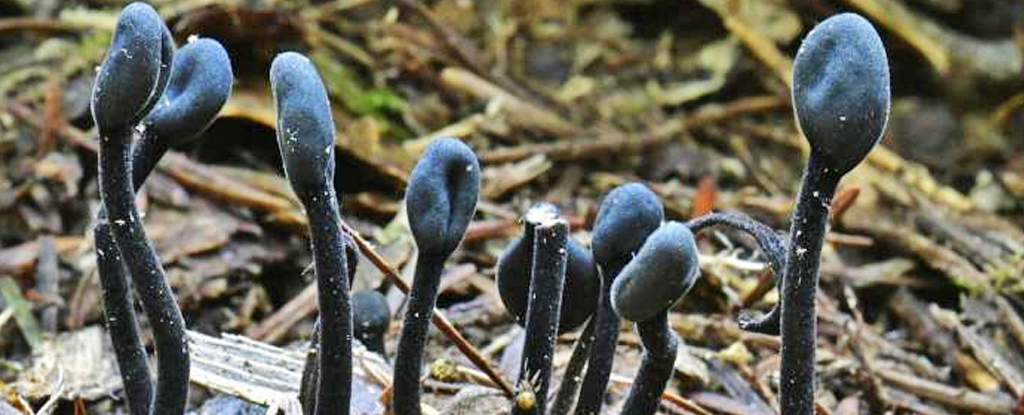
Some of Earth’s weirdest fungi, including types of lichen, mycorrhizal, and insect symbiotes, never quite seemed to fit in our current tree of life.








